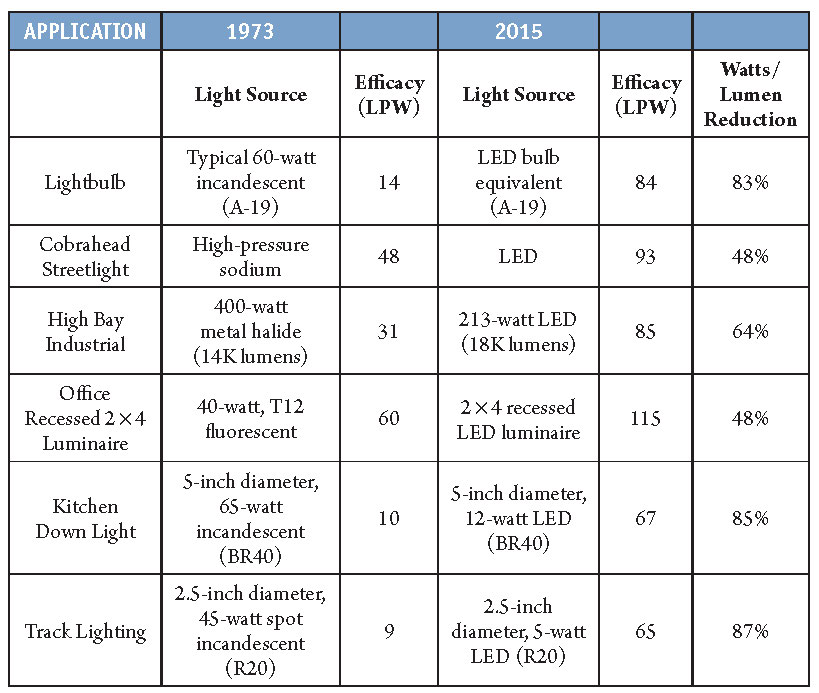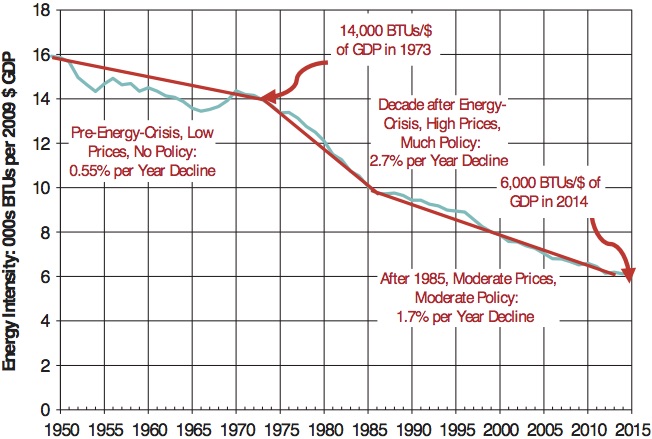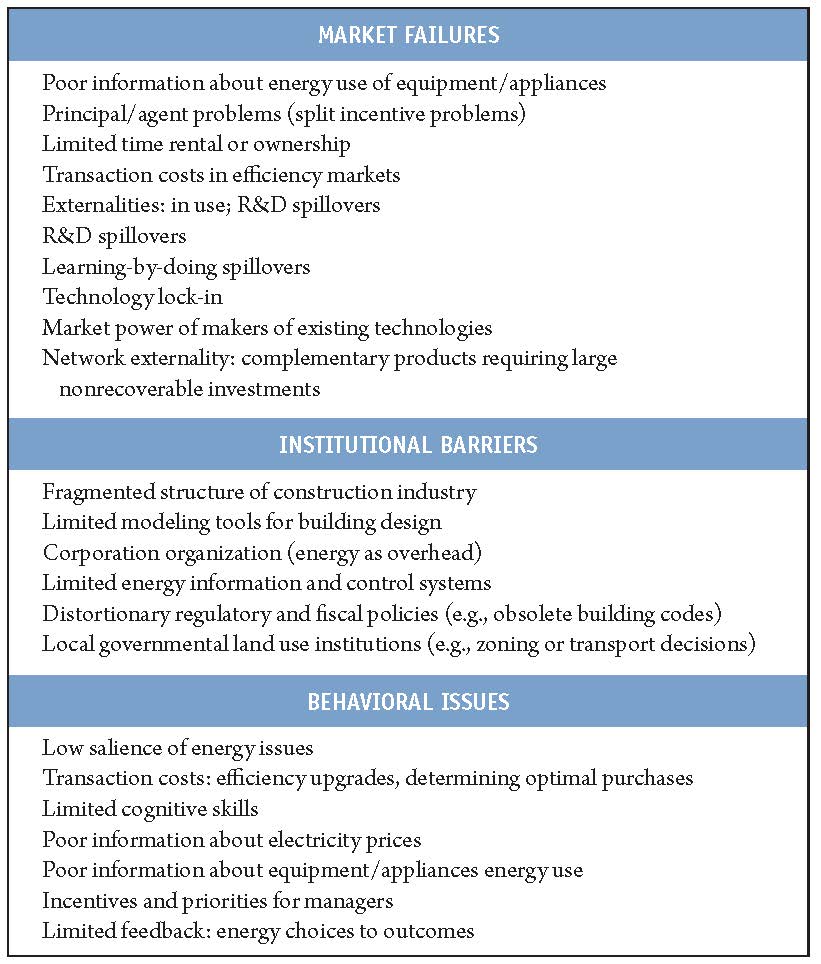Knowledge Base
What was the OPEC’s oil embargo?
During the 1973 Arab-Israeli War, members of the Organization of Petroleum Exporting Countries (OPEC) imposed an embargo against the United States in retaliation for the U.S. decision to re-supply the Israeli military and to gain leverage. The embargo both banned petroleum exports to the targeted nations and introduced cuts in oil production.
What is energy security?
Energy security is continuous availability of energy sources at an affordable price. It is important to have an energy security to prevent vulnerability to sudden or accidental restriction on oil imports, rapid fluctuations in energy prices, and dependence on foreign energy sources. It also includes protections against terrorist attacks on energy infrastructure or natural disasters.
What is energy efficiency?
Energy efficiency means using less energy to provide the same service. For example, a compact fluorescent bulb is more efficient than a traditional incandescent bulb as it uses much less electrical energy to produce the same amount of light. Thus, energy efficiency reduces negative environmental impacts.
What improvements have been made to become more energy efficient?
Improvements in energy-using technologies that are used on a daily basis in homes, offices, industrial facilities, roadways and air have made a big difference. For instance, new and improved light bulbs have been designed to reduce electricity and cost. In contrast to 1973, today’s LED office fixture consumes about 35 watts, not 200 watts, and provides better quality light. As a result, homes and offices now can be far more energy efficient.
Moreover, in sharp contrast to 1973, lighting in office building, some homes, and in some retail spaces is controlled by motion sensors, which prevent the wasteful usage of electricity. Although motions sensors had been around well before the 1973 crisis, the improvement in the sensitivity of the detection and the reduction in cost allows them to be broadly installed.

Source: Finelite, Inc
What is energy intensity?
Energy intensity provides an aggregate measure of the total energy used, relative to the size of the economy. It is the ratio of the total amount of energy used in all sectors of the economy to the (inflation-adjusted) gross domestic product (GDP). It is calculated and reported by U.S. government’s statistical agencies, such as the U.S. Department of Energy and Energy Information Administration. The graph below shows the energy intensity of the U.S. economy overtime; the blue line shows the actual energy intensity of the economy, and the three red lines show trends of energy-intensity changes in three different periods.

Data source: EIA, Monthly Energy Review
What are some barriers that have been preventing full implementation of energy-efficient actions, if any?
Despite the economic, environmental, and security benefits, numerous barriers still prevent full implementation of energy-efficient actions. Those barriers are summarized and listed in terms of market failures, institutional barriers, and behavioral issues in the table below.

What are greenhouse gasses?
Greenhouse gasses trap heat and make the planet warmer. Human activities are responsible for almost all of the increase in greenhouse gases in the atmosphere over the last 150 years. The largest source of greenhouse gas emissions from human activities comes from burning fossil fuels for electricity, heat, and transportation.
What is renewable energy?
Renewable energy is energy that is generated from natural processes that are continuously replenished. This includes sunlight, geothermal heat, wind, tides, water, and various forms of biomass. Renewable energy cannot be exhausted and is constantly renewed.
